
You can safely help someone from the floor at home with a transfer floor lift. Always check the area and make sure you stay calm. Different lifts work for different needs, as shown below:
|
Type of Lift |
Description |
|---|---|
|
Sit-to-Stand Lifts |
Help people who can sit up and bear some weight. |
|
Floor-Based Sling Lifts |
Work for many transfers and are often called ‘Hoyer’ lifts. |
|
Overhead Sling Lifts |
Use tracks to move people and save floor space. |
You must follow all safety steps to safely complete the lift.
Prepare for a Safe Transfer
Clear the Area
Start by making sure the area is safe. Take away anything on the floor, like clutter or rugs. Move furniture that could block your path. Turn on lights so you can see well.
-
Getting the space ready keeps everyone safe during transfers.
-
Make sure the path is clear and the place you are moving to is ready. This helps stop accidents and makes things easier.
Tip: Always look at both where you start and where you finish. Check that the surface you move the person to is strong and not too high or low.
Check Lift Power and Equipment
Before you start, make sure the transfer floor lift has power. Plug it in or check the battery. Look at the lift for any broken parts. Check the sling and straps for rips or tears.
-
Using a lift that is too weak or broken can be dangerous.
-
Always do what the manufacturer says for safe use.
-
The right way to lift keeps you and the person safe.
Note: Do not use the lift if you see broken parts or if the sling looks unsafe.
Assess the Patient’s Condition
Check how the patient feels and acts before lifting. Make sure the patient’s weight is okay for the lift. See if the patient can help and follow directions.
Here is a table to help you check the patient:
|
Assessment Criteria |
Description |
|---|---|
|
Assistance Required |
How much help does the patient need? |
|
Weight Bearing Capacity |
Can the patient hold any of their weight? |
|
Upper Body Strength |
Does the patient have enough strength to help during the transfer? |
|
Cooperation |
Will the patient listen and stay calm? |
|
Consistency of Cooperation |
Does the patient help every time? |
|
Physical Characteristics |
Write down height, weight, age, or other important details. |
|
Special Circumstances |
Look for injuries, tubes, or if the patient has fallen before. |
If you do not know what to do, ask for training. Many classes teach safe ways to lift, how to move your body, and how to use special tools. Training helps stop injuries and keeps everyone safe.
How to Lift a Patient from the Floor

Position the Transfer Floor Lift
Put the transfer floor lift close to the patient. Make sure the lift is on a flat surface. Open the legs wide so the lift does not tip over. This keeps everyone safe.
If you use a ceiling-mounted lift, you can move the patient up and down. You do not have to lift by hand. This lowers injury risk and saves time. Lift teams have two trained people. They help with hard transfers. They know how to use mechanical lifting devices. They work together to keep everyone safe.
|
Evidence-Based Practice |
Description |
|---|---|
|
Ceiling Mounted Lifts |
These lifts move patients up and down without manual lifting. They help keep caregivers safe and work faster than mobile lifts. They are stored overhead and save time during transfers. |
|
Lift Teams |
Lift teams have two trained people. They do hard transfers and lower injury risks for nurses. Members are picked for their strength and learn to use mechanical lifting devices. |
Tip: Always check if the lift works before you start. Look for damage or wear. Test the lift’s movement. Make sure it can hold the patient’s weight.
Secure and Comfort the Patient
Pick the right sling for the patient’s body. Put the sling under the patient gently. Make sure straps are straight and the sling fits well.
Speak softly to the patient. Tell them what you will do before moving them. Respect their space and listen to their feelings.
Try to use the same caregivers each time. This helps the patient feel safe and calm.
Check if the patient feels pain before lifting. Give comfort and clear instructions.
Check the sling and lift often to keep them safe.
-
Pick a sling that fits the patient.
-
Get training to stop accidents.
-
Check the sling and lift for damage.
-
Tell the patient before you move them.
Note: If the patient gets upset or fights, do not use the transfer floor lift. Wait until the patient is calm or ask for help.
Operate the Lift Controls
Follow the manufacturer’s instructions for using the transfer floor lift.
Check the service record before you start. Make sure repairs are done.
Test the lift’s movement and look for damage.
Check the sling to see if it can hold the patient’s weight.
Learn how to use emergency controls before you begin.
Put the lift away safely after you finish.
Some mistakes are skipping checks, ignoring weight limits, and not putting the lift in the right spot.
Never put too much weight on the lift. Always make sure the lift is stable.
Keep your back straight and use your legs to help.
Do not hurry. Move slowly and watch for pain or discomfort.
-
Skipping checks can be dangerous.
-
Ignoring weight limits may cause accidents.
-
Not putting the lift in the right spot can make it tip over.
-
Not checking the lift often can make it unsafe.
Safety Reminder: If you see any problems with the lift or sling, stop and fix them before you go on.
Transfer to a Safe Location
After you lift the patient, move them to a safe place.
Check that the area is clear and the surface is strong.
If you move the patient to a wheelchair, lock the brakes and get the seat ready.
Look at what the patient needs before you move them.
Use tools like transfer belts or sliding boards if needed.
See if the patient can help, has upper body strength, and listens to directions.
|
Criteria |
Description |
|---|---|
|
Assistance Required |
How much help does the patient need? |
|
Weight Bearing Capacity |
How much weight can the patient hold? |
|
Upper Body Strength |
Does the patient have enough strength to help? |
|
Cooperation |
Does the patient listen and follow directions? |
|
Variability in Cooperation |
Does the patient help every time or does it change? |
|
Physical Characteristics |
Write down height, weight, age, or other details. |
|
Special Circumstances |
Look for injuries, tubes, or past falls. |
Patient lifts, transfer belts, and sliding boards help stop falls.
You can lift and move the patient safely by following these steps.
If you need to lift elderly off floor or help an elderly person off the floor, always check their comfort and safety.
If you need to pick up a disabled person or lift a disabled person, use the right equipment and safe ways to lift.
You can help a patient from the floor and move them to a wheelchair or bed.
If you wonder how to get someone off the floor or how to help someone off the floor, use safe ways to move a patient.
You can lift a patient and move them safely by following safety steps for lifting a patient.
If you need to lift elderly from floor or how to pick up an elderly person off the floor, always use a transfer floor lift and check for special needs.
😊 You can lift and move a patient safely by staying calm, using the right equipment, and following safe ways to lift.
Safety Tips and Troubleshooting
Pick Up a Disabled Person Safely
When you pick up a disabled person after a fall at home, use good posture. Stand with your feet apart for balance. Bend your knees and hips, not your back. Hold the patient close to your body. Do not twist while you lift after a fall. Pivot your feet if you need to turn.
Using a transfer floor lift, slide sheets, or transfer boards can lower injury risk during a fall at home. Training helps you learn the best ways to lift after a fall.
Common Mistakes to Avoid
Many people make mistakes when they lift someone after a fall at home.
-
Lifting too much weight can cause injury after a fall.
-
Rushing the process can lead to accidents at home.
-
Forgetting to check brakes can make the lift move during a fall.
|
Description |
Solution |
|
|---|---|---|
|
Sounds and vibration |
Grinding or clunking during a fall |
Tighten parts or call for repairs |
|
Slow or uneven travel |
Jerky motion after a fall |
Lubricate, align, or repair the motor |
|
Floor alignment |
Misalignment during a fall |
Adjust lift or clear blockages |
When to Seek Help
If you have trouble with the lift during a fall at home, follow these steps:
-
Make sure the lift is secure before you check anything.
-
Look for error messages or strange sounds after a fall.
-
Check the power supply and control panel.
-
Inspect sensors and moving parts for problems.
-
Examine cables, motors, and brakes for damage.
-
Test emergency features to keep everyone safe.
If you cannot fix the problem after a fall, call a professional. If the patient is hurt or cannot move after a fall at home, seek emergency help right away.
Note: Training and education help you prevent injuries during a fall at home. Always ask for help if you feel unsure.
Getting ready and checking your equipment helps keep everyone safe when you use a hoyer lift at home. Learning safe ways to lift and how to use a hoyer lift or lifting cushion protects you and the person you help.
|
Finding |
Description |
|---|---|
|
Effectiveness of Lifting Devices |
Lifting devices like a hoyer lift at home make work easier and help stop injuries for caregivers. |
|
Importance of Preparation |
Getting ready and planning helps lower stress on your back when you move someone. |
-
Training helps stop injuries and makes patients feel better.
-
You make things safer and help people feel more sure.
Parent caregivers feel less worried and more calm when they use a transfer lift at home.


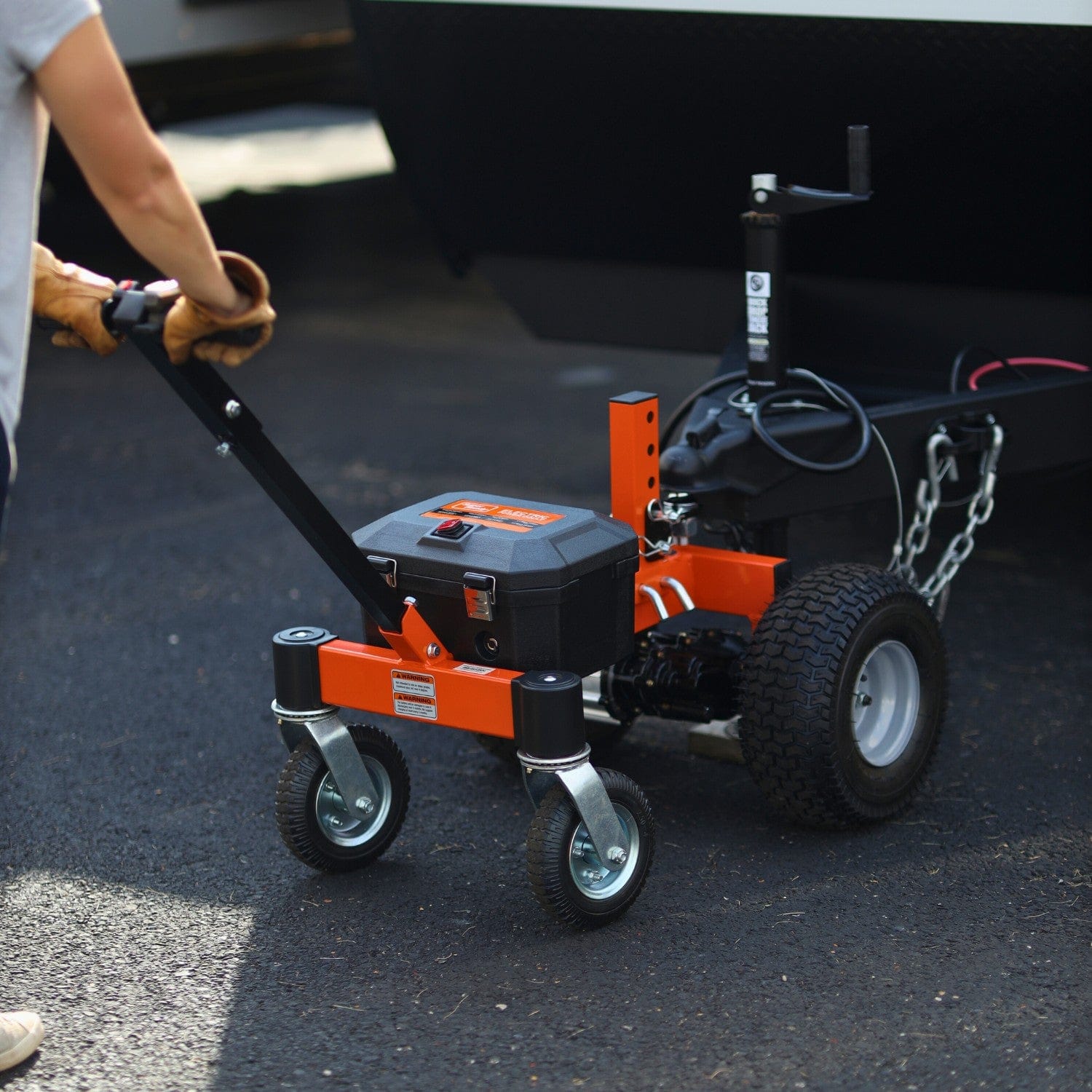
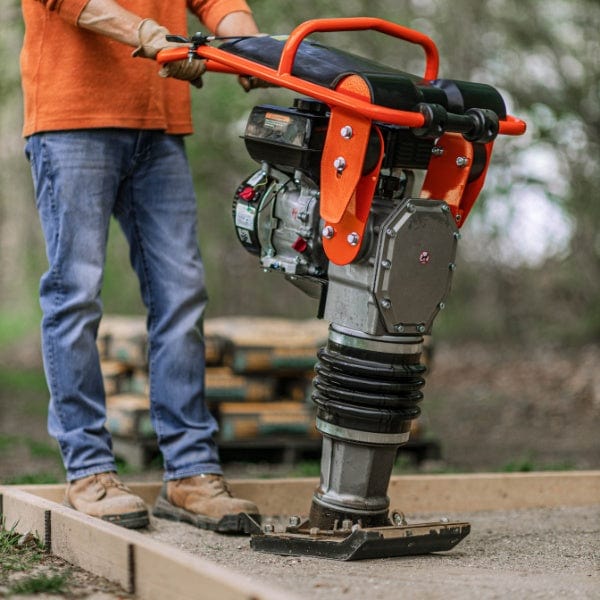
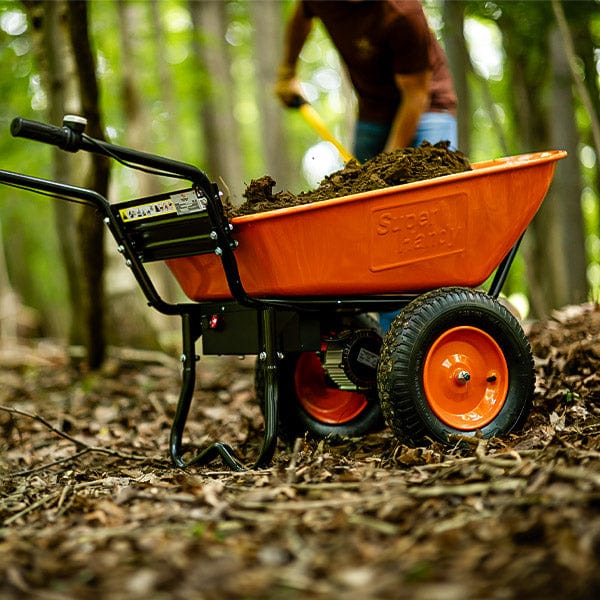
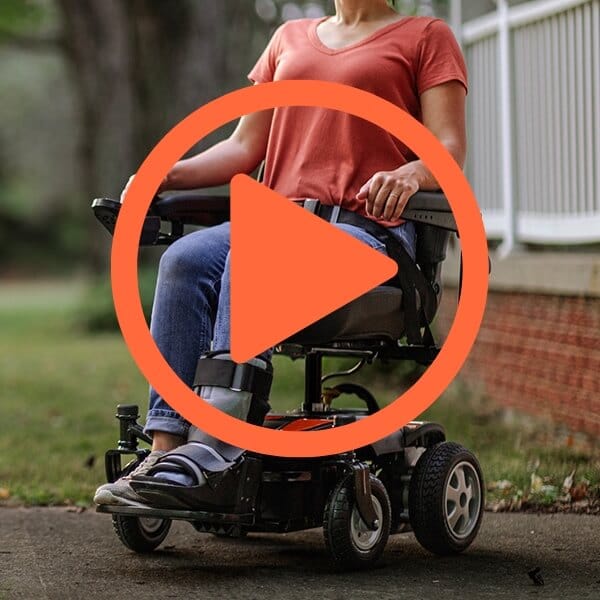

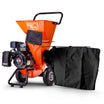
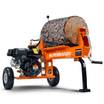

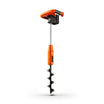
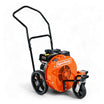
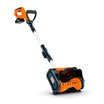
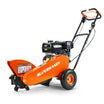
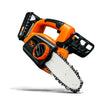
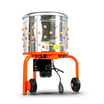

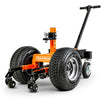
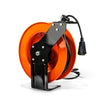
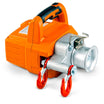
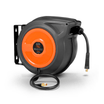
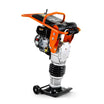
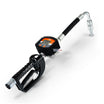
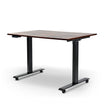
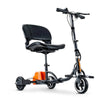
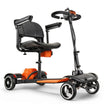
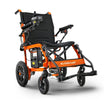


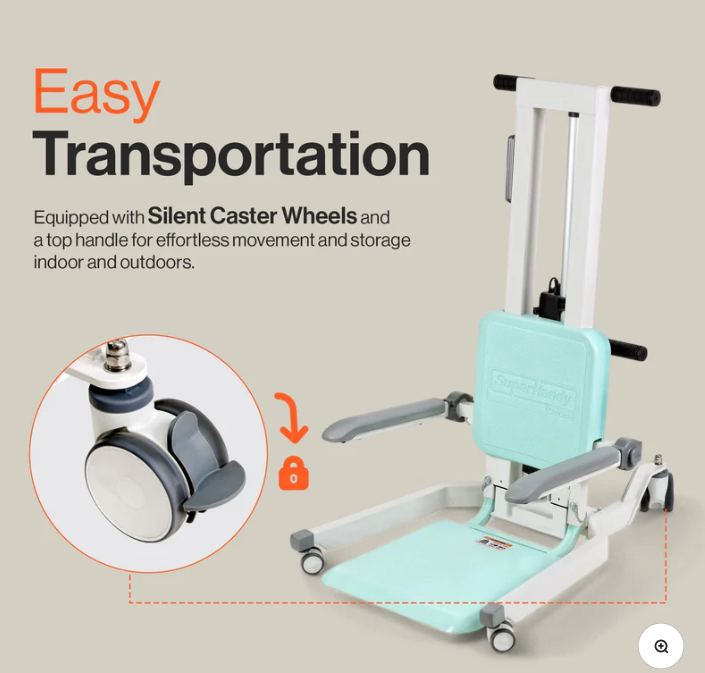

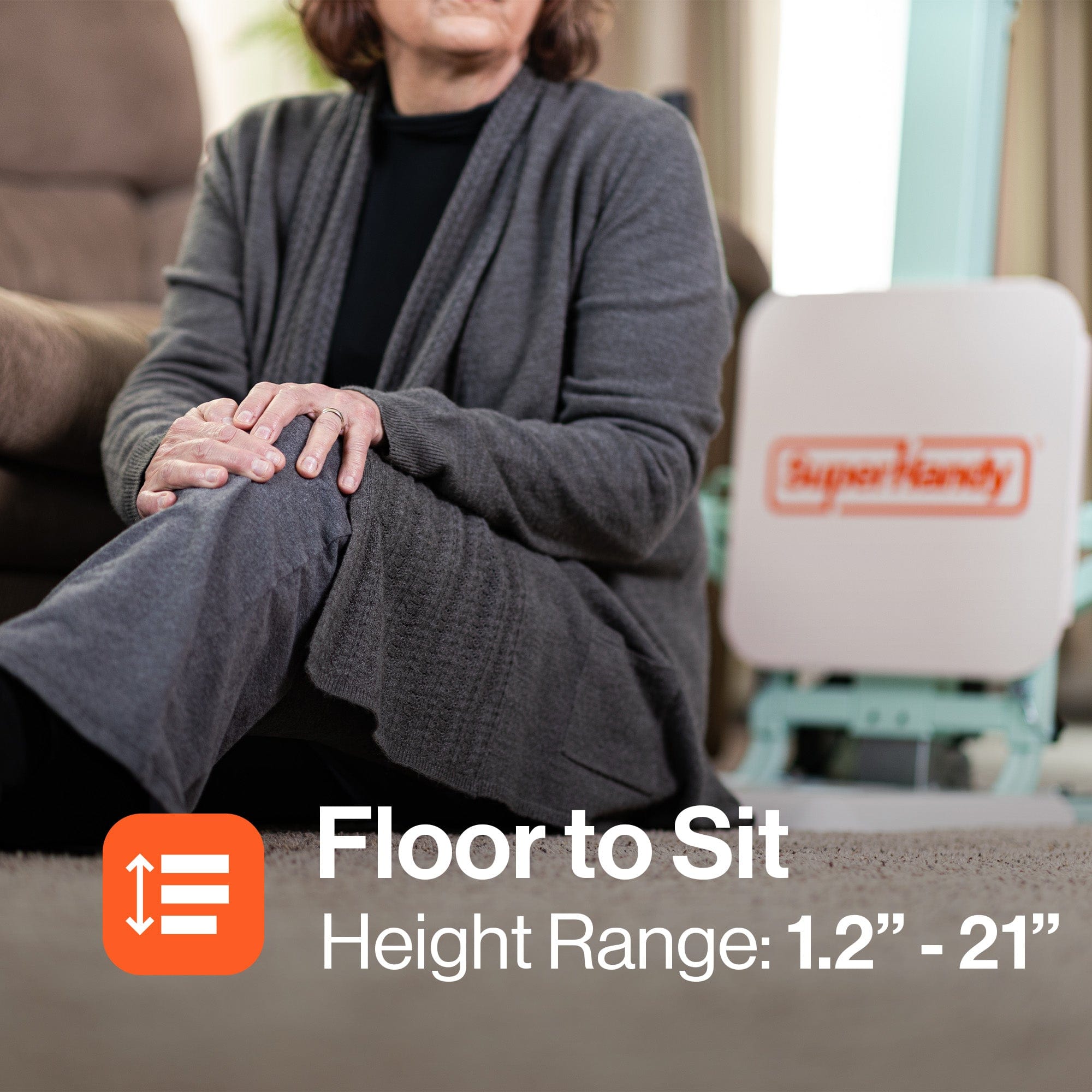
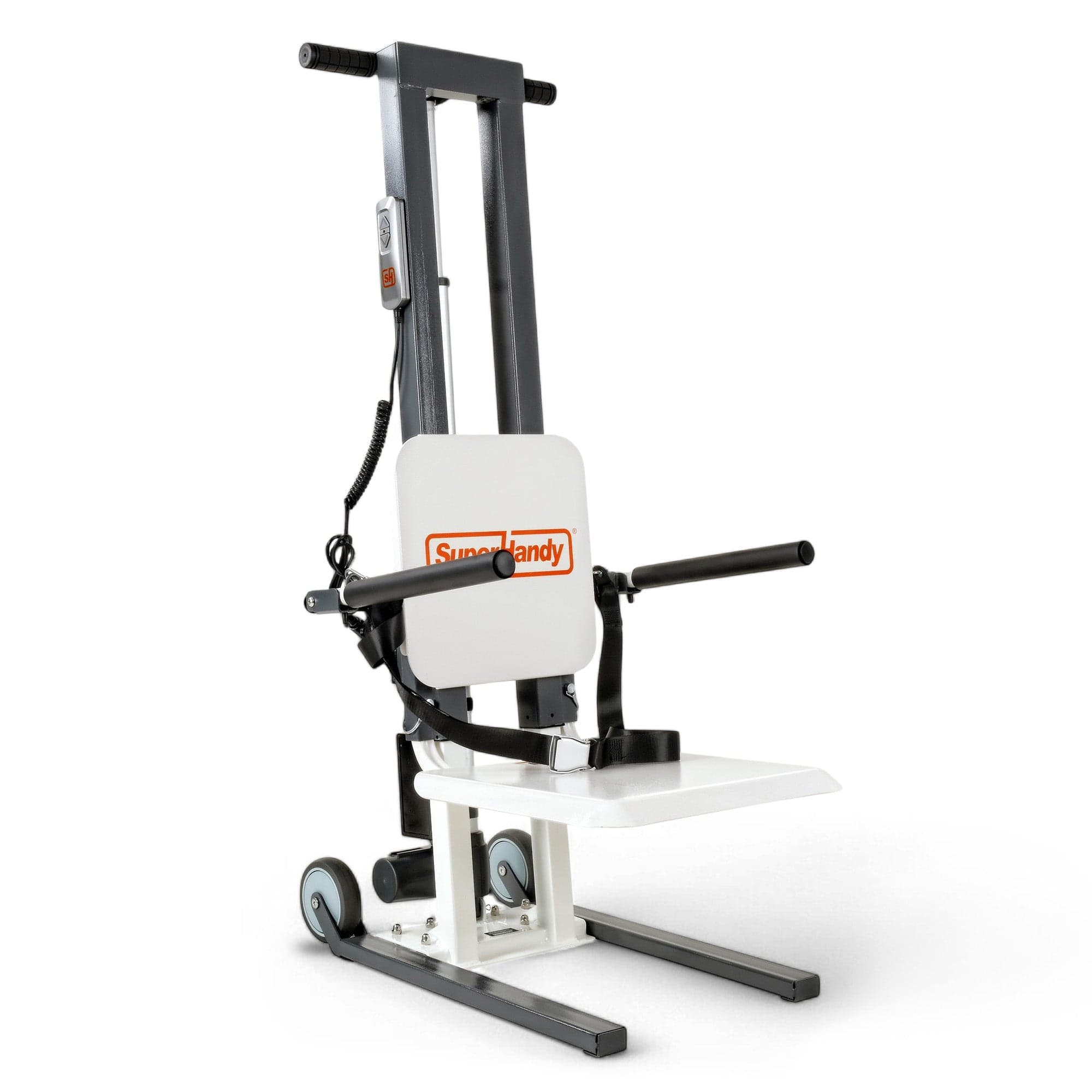
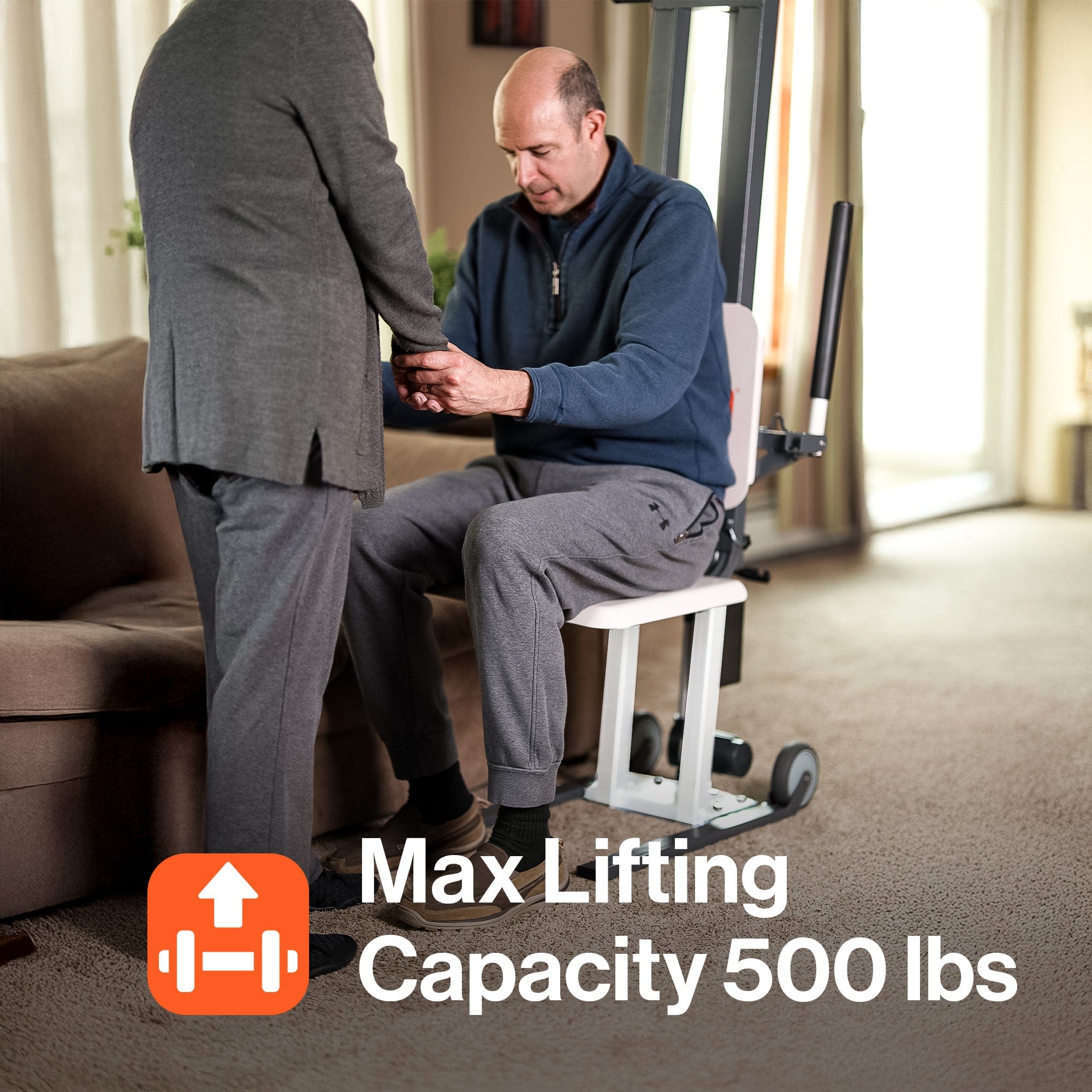
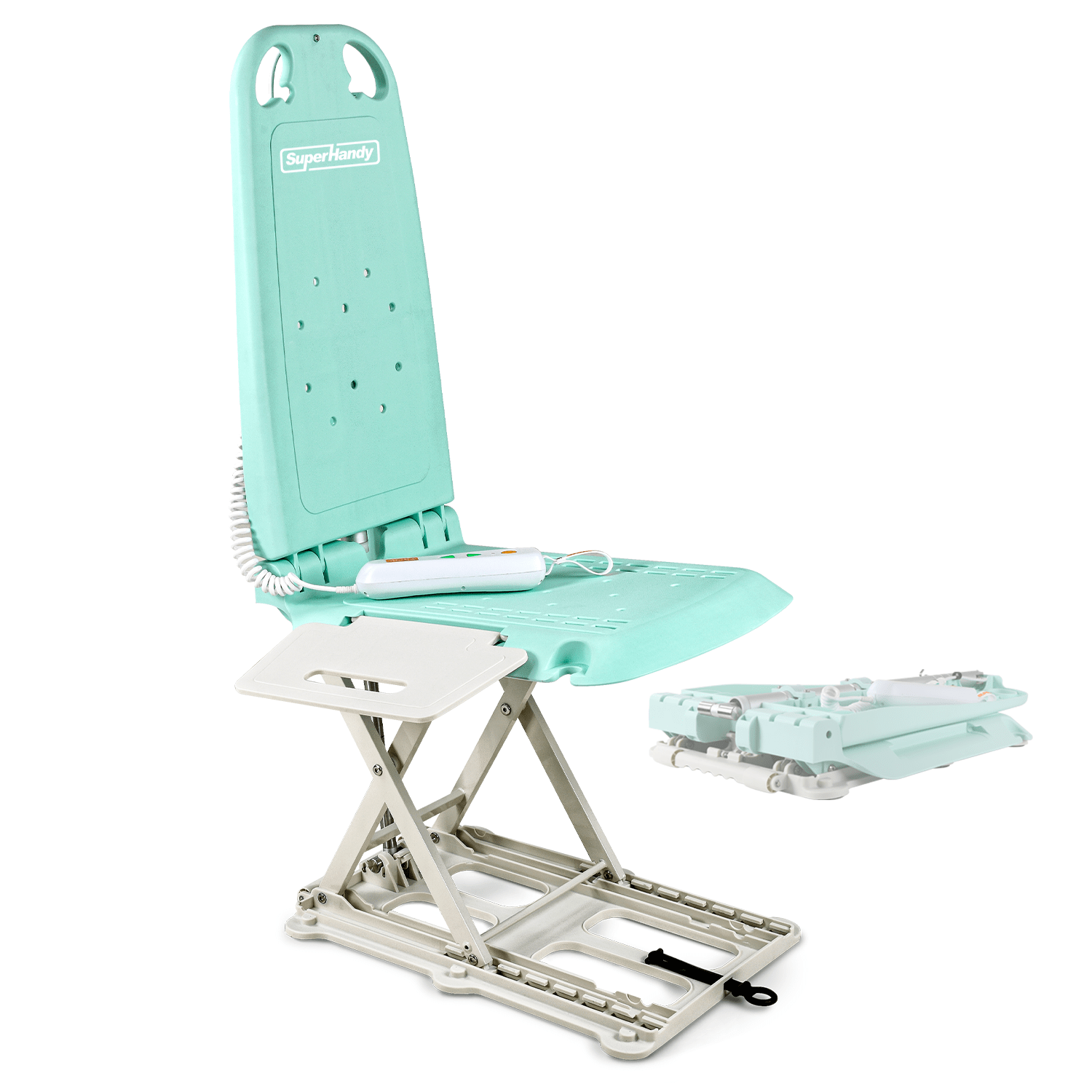
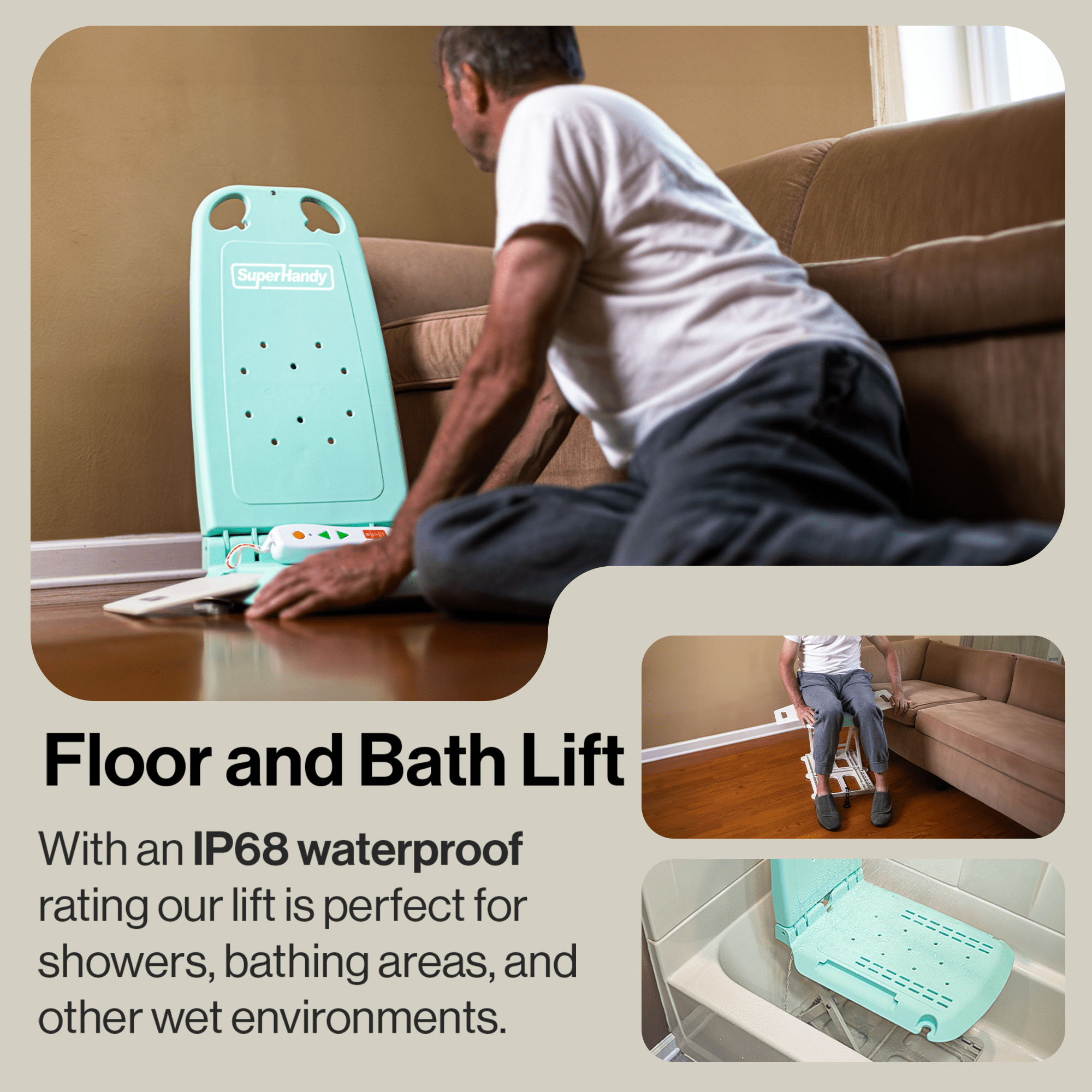
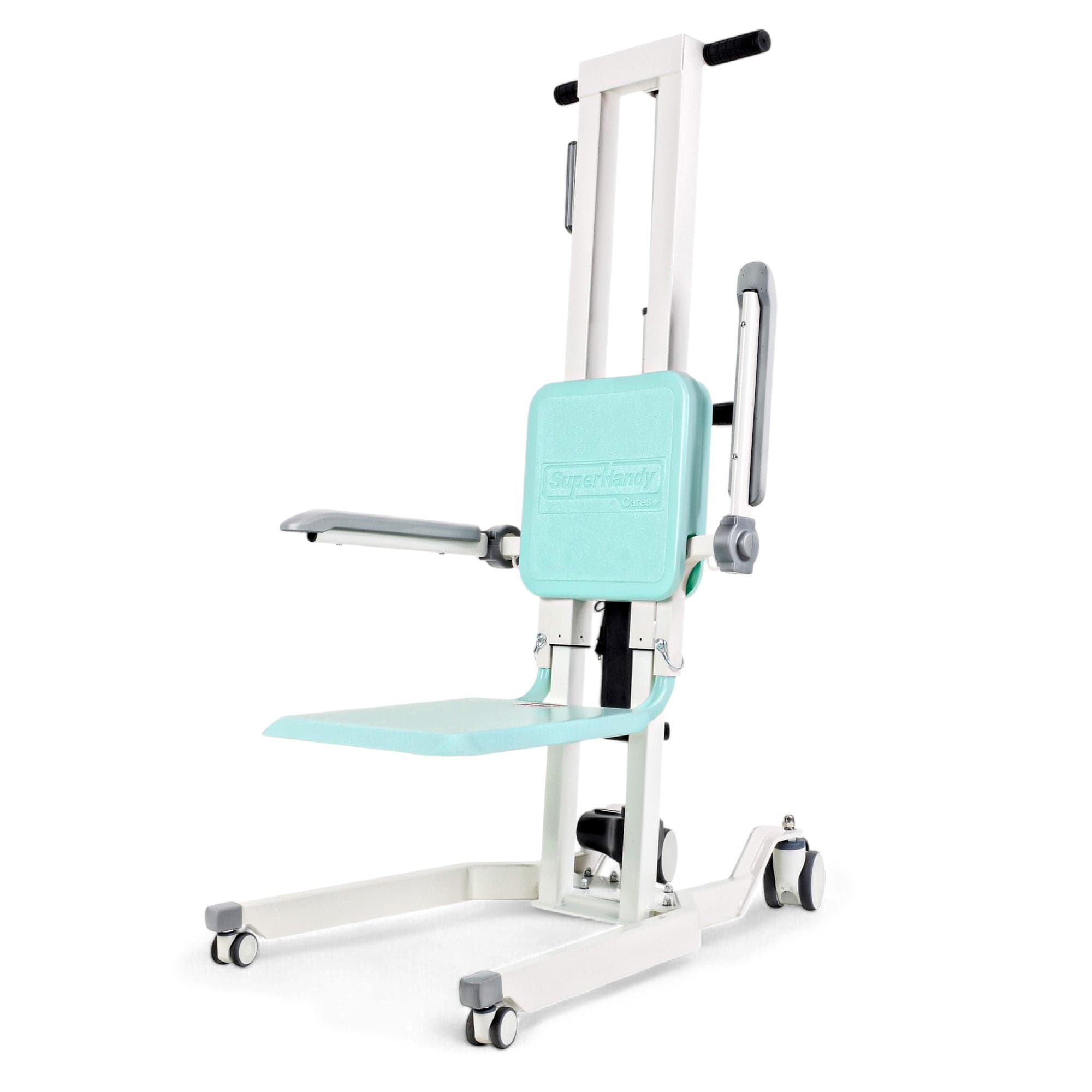
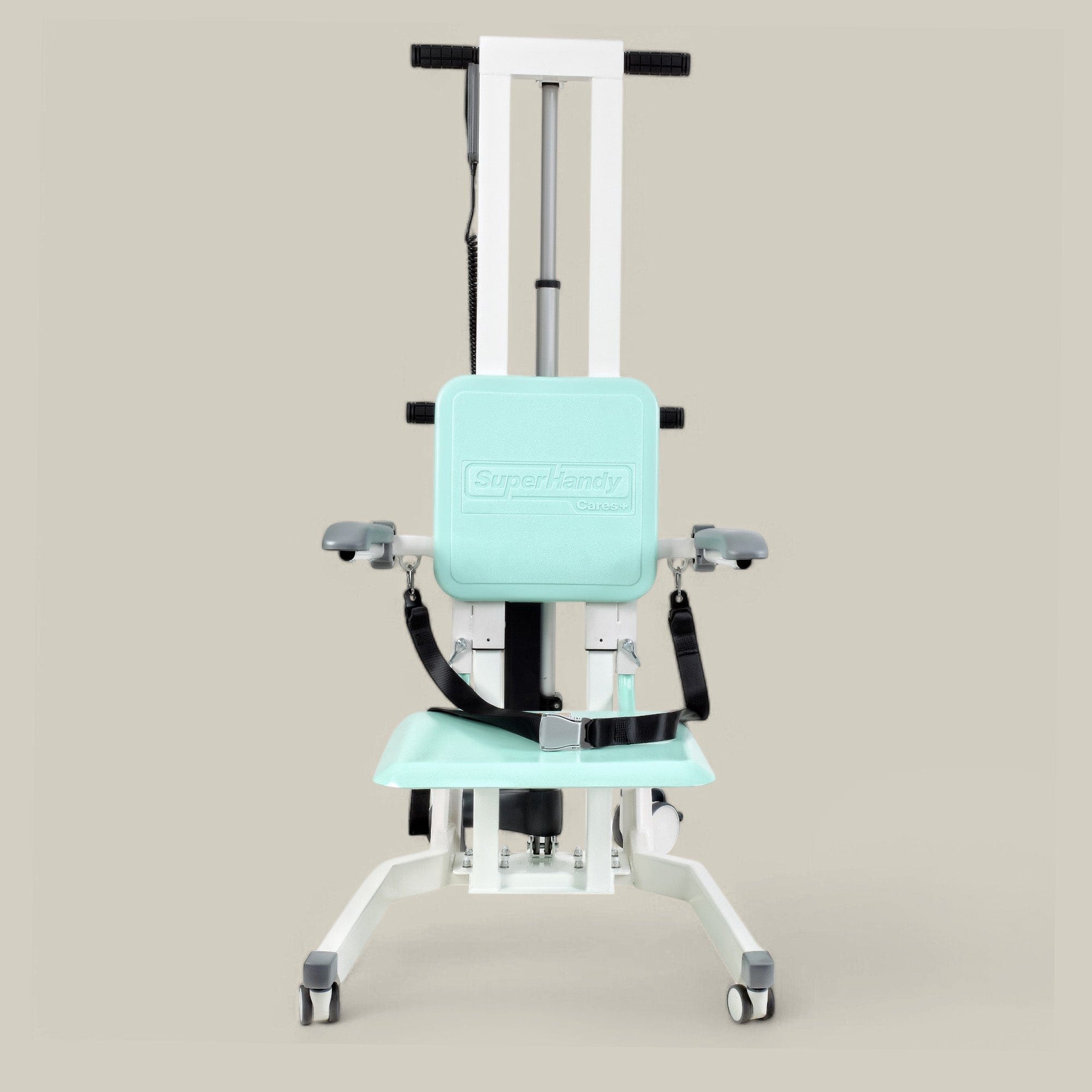
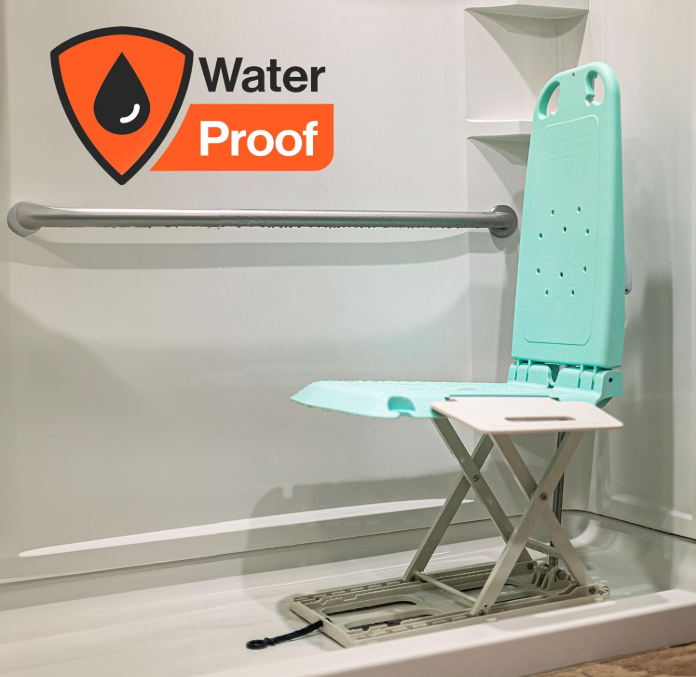
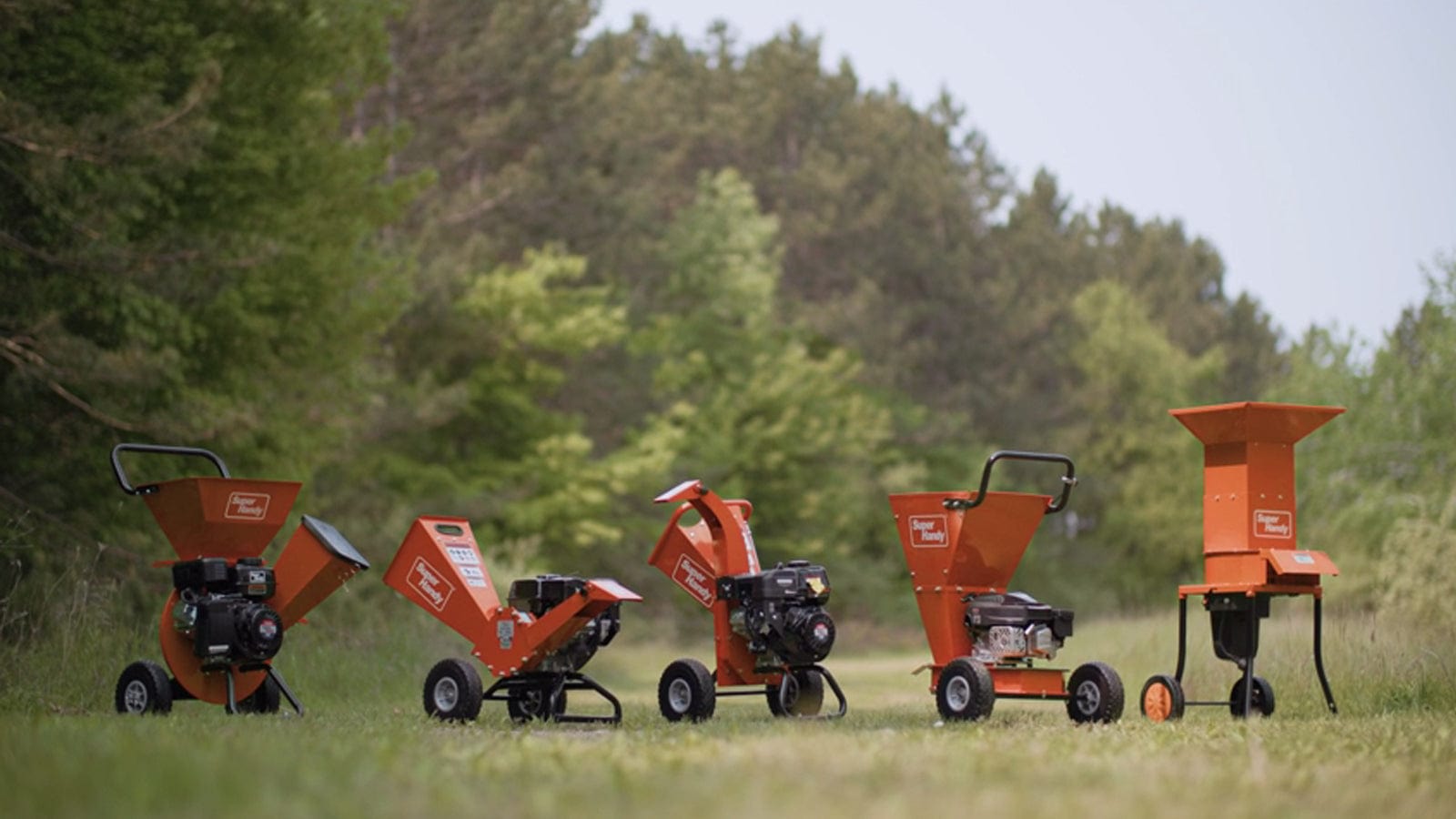
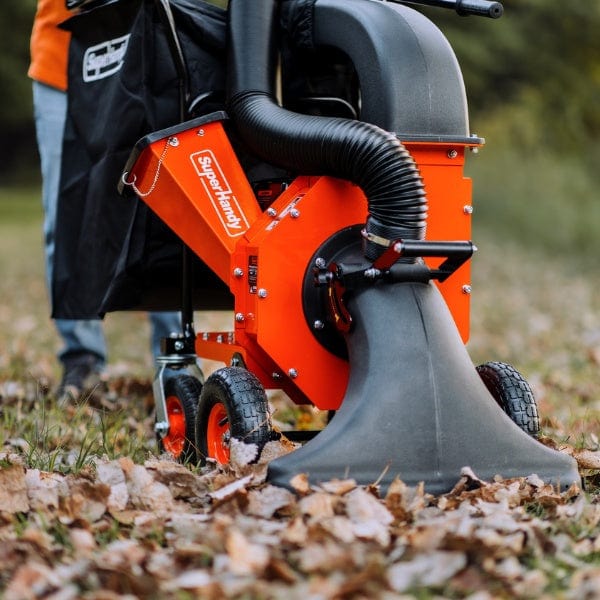
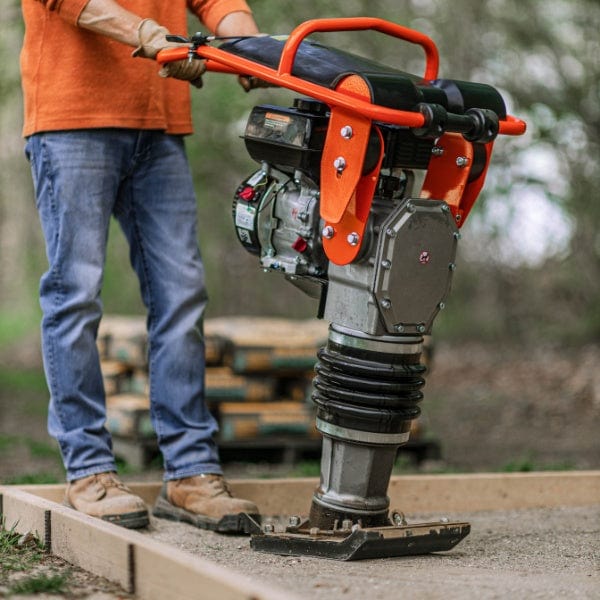
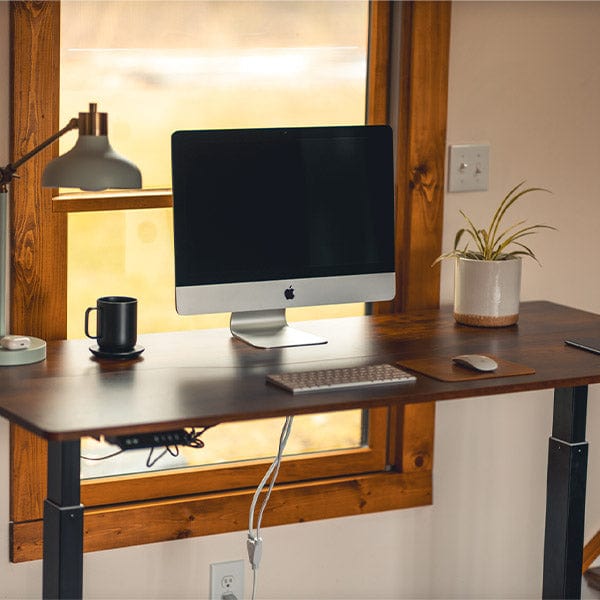

Leave a comment
All comments are moderated before being published.
This site is protected by hCaptcha and the hCaptcha Privacy Policy and Terms of Service apply.